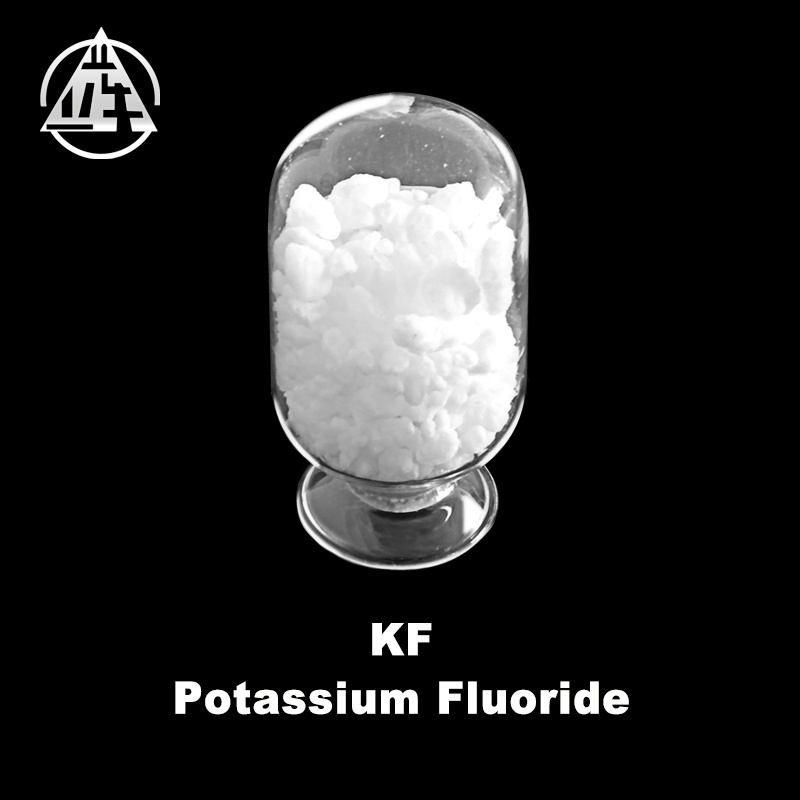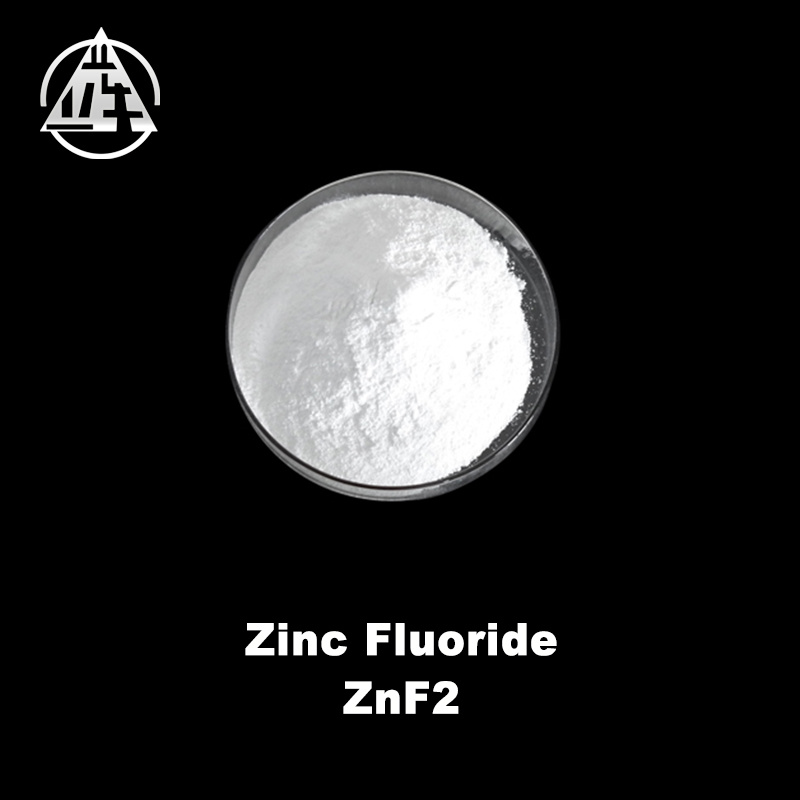Gallium Fluoride (GaF3): A Versatile Inorganic Salt for the Chemical Industry
Release Time:
2023-08-22
Introduction: Gallium fluoride (GaF3) is an important inorganic salt widely utilized in the chemical industry. This versatile compound has numerous applications and plays a significant role in various industrial processes, particularly in the field of inorganic materials. In this article, we explore the properties, applications, and significance of gallium fluoride (GaF3) within the context of the
Introduction:
Gallium fluoride (GaF3) is an important inorganic salt widely utilized in the chemical industry. This versatile compound has numerous applications and plays a significant role in various industrial processes, particularly in the field of inorganic materials. In this article, we explore the properties, applications, and significance of gallium fluoride (GaF3) within the context of the chemical industry.
Properties of Gallium Fluoride (GaF3):
Gallium fluoride (GaF3) is a white crystalline solid with a molecular formula of GaF3. It possesses a high melting point and is highly soluble in water. GaF3 exhibits excellent thermal stability, making it suitable for high-temperature applications. Additionally, it has a low toxicity level, ensuring its safety during handling and usage.
Applications of Gallium Fluoride (GaF3):
1. Catalysis: Gallium fluoride (GaF3) acts as a catalyst in various chemical reactions, including the synthesis of organic compounds and the production of specialty chemicals. Its catalytic properties enable efficient and selective transformations, making it a valuable component in the chemical industry.
2. Glass and Ceramics: GaF3 is utilized as a flux in glass and ceramic manufacturing processes. It reduces the melting point of the raw materials and improves the homogeneity of the final products. This compound also enhances the chemical durability and optical properties of glasses, making it a crucial additive in the production of optical fibers and lenses.
3. Inorganic Materials: Gallium fluoride (GaF3) serves as a precursor for the synthesis of various inorganic materials, such as gallium oxide (Ga2O3) and gallium nitride (GaN). These materials find applications in optoelectronics, semiconductors, and photovoltaic devices. GaF3 plays a vital role in controlling the crystal structure and properties of these materials.
4. Research and Development: GaF3 is extensively used in research laboratories as a starting material for the synthesis of new compounds and materials. Its unique properties and reactivity make it an attractive compound for exploring novel chemical reactions and designing advanced materials.
Significance in the Chemical Industry:
Gallium fluoride (GaF3) holds immense significance in the chemical industry due to its multifaceted applications. Its catalytic properties contribute to the development of efficient and sustainable chemical processes. Moreover, GaF3's role in glass and ceramic manufacturing ensures the production of high-quality and durable products. The use of GaF3 as a precursor for inorganic materials expands the possibilities for advanced materials with tailored properties. Overall, gallium fluoride (GaF3) plays a crucial role in enhancing the efficiency, functionality, and performance of various chemical products and processes.
In conclusion, gallium fluoride (GaF3) is a versatile inorganic salt with diverse applications in the chemical industry. Its catalytic properties, role in glass and ceramics, significance in the synthesis of inorganic materials, and contribution to research and development make it an indispensable compound. Understanding the properties and applications of gallium fluoride (GaF3) enables professionals in the chemical industry to explore innovative solutions and improve existing processes.
Gallium fluoride (GaF3) is an important inorganic salt widely utilized in the chemical industry. This versatile compound has numerous applications and plays a significant role in various industrial processes, particularly in the field of inorganic materials. In this article, we explore the properties, applications, and significance of gallium fluoride (GaF3) within the context of the chemical industry.
Properties of Gallium Fluoride (GaF3):
Gallium fluoride (GaF3) is a white crystalline solid with a molecular formula of GaF3. It possesses a high melting point and is highly soluble in water. GaF3 exhibits excellent thermal stability, making it suitable for high-temperature applications. Additionally, it has a low toxicity level, ensuring its safety during handling and usage.
Applications of Gallium Fluoride (GaF3):
1. Catalysis: Gallium fluoride (GaF3) acts as a catalyst in various chemical reactions, including the synthesis of organic compounds and the production of specialty chemicals. Its catalytic properties enable efficient and selective transformations, making it a valuable component in the chemical industry.
2. Glass and Ceramics: GaF3 is utilized as a flux in glass and ceramic manufacturing processes. It reduces the melting point of the raw materials and improves the homogeneity of the final products. This compound also enhances the chemical durability and optical properties of glasses, making it a crucial additive in the production of optical fibers and lenses.
3. Inorganic Materials: Gallium fluoride (GaF3) serves as a precursor for the synthesis of various inorganic materials, such as gallium oxide (Ga2O3) and gallium nitride (GaN). These materials find applications in optoelectronics, semiconductors, and photovoltaic devices. GaF3 plays a vital role in controlling the crystal structure and properties of these materials.
4. Research and Development: GaF3 is extensively used in research laboratories as a starting material for the synthesis of new compounds and materials. Its unique properties and reactivity make it an attractive compound for exploring novel chemical reactions and designing advanced materials.
Significance in the Chemical Industry:
Gallium fluoride (GaF3) holds immense significance in the chemical industry due to its multifaceted applications. Its catalytic properties contribute to the development of efficient and sustainable chemical processes. Moreover, GaF3's role in glass and ceramic manufacturing ensures the production of high-quality and durable products. The use of GaF3 as a precursor for inorganic materials expands the possibilities for advanced materials with tailored properties. Overall, gallium fluoride (GaF3) plays a crucial role in enhancing the efficiency, functionality, and performance of various chemical products and processes.
In conclusion, gallium fluoride (GaF3) is a versatile inorganic salt with diverse applications in the chemical industry. Its catalytic properties, role in glass and ceramics, significance in the synthesis of inorganic materials, and contribution to research and development make it an indispensable compound. Understanding the properties and applications of gallium fluoride (GaF3) enables professionals in the chemical industry to explore innovative solutions and improve existing processes.



